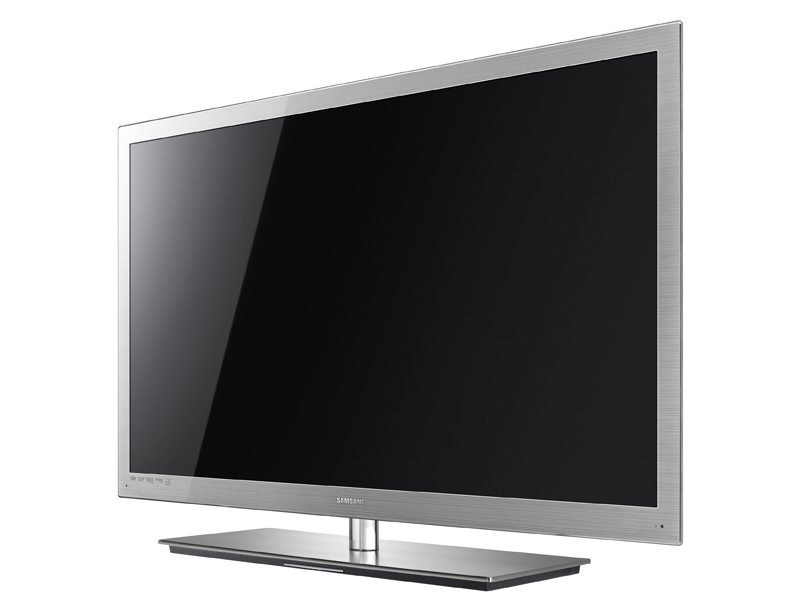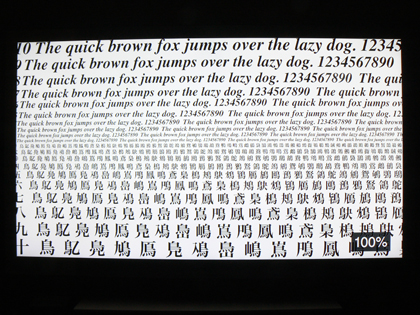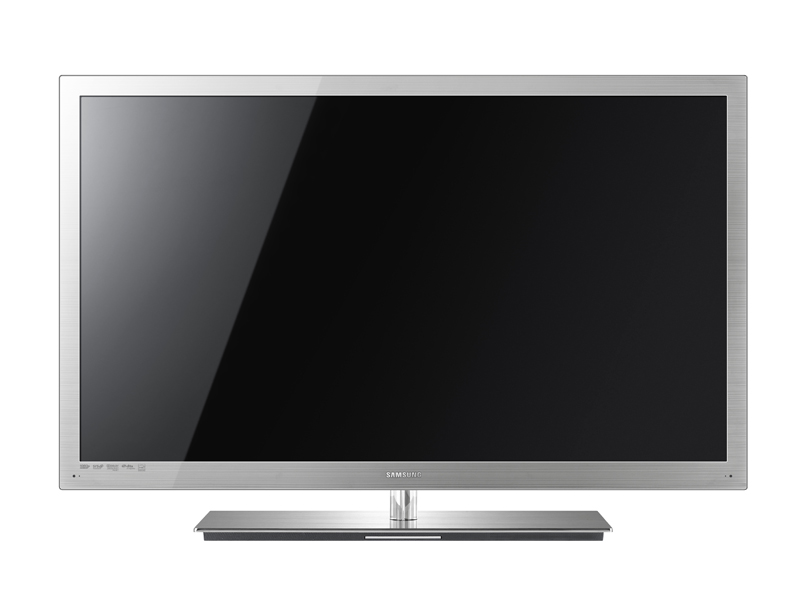Why you can trust TechRadar

The 2D picture clarity of this set is startling. Detail levels are phenomenal. If it's in the source material you'll see it on the screen. This revelatory approach will have you searching for the very best source hardware you can find.
The set uses edge-mounted LED backlighting (hence the screen's astounding slimness), and illumination is pleasingly even. As a result, black levels are deep and consistent, and colour fidelity high. As with all LCDs, perceived black levels are higher in a well-lit room than in a darkened environment (plasma, of course, is the opposite), but there is no impression of creeping greyness.
Pictures from the Freeview HD tuner are terrific and improve even further with Blu-ray.
The set has excellent deinterlacing, with no jaggies. Black level and greyscale is excellent. Simon Lee, Samsung's R&D chief suggests 45 as the ideal brightness level for the screen, although you might be tempted to edge it a little lower.
Judging from the Belle-Nuit testchart, the black level really should be pitched around the low to mid-30s, although for general viewing this will appear too dark. Around 42 brightness should suffice for most purposes.
One area of traditional weakness for LCD is motion resolution, and multiple solutions have been used over the years to improve this (high frame rates, black frame insertion, flickering backlights and so on). The UE55C9000 shows how far these techniques have come.
Using a motion resolution test pattern developed by the Advanced PDP Development Centre, there is a noticeable drop-off in clarity during movement, but it is modest. Average motion resolution drops from 1,080 lines to between 850-950 depending on the settings deployed on the screen. You lose a little more clarity with very fast motion.
A secondary test pattern, which comprises scrolling English and Japanese text, fairs well. Only when luminance drops to 30 per cent does significant image blur becomes apparent.

It's worth noting that there is no mode on the set which offers 1:1 pixel matching. Every viewing option features an element of overscan. Given that there is no need for overscan when playing Blu-ray, we feel there should be at least one mode that offers it.
Current page: Samsung UE55C9000: Picture quality
Prev Page Samsung UE55C9000: Ease of use Next Page Samsung UE55C9000: 3D performanceSteve has been writing about AV and home cinema since the dawn of time, or more accurately, since the glory days of VHS and Betamax. He has strong opinions on the latest TV technology, Hi-Fi and Blu-ray/media players, and likes nothing better than to crank up his ludicrously powerful home theatre system to binge-watch TV shows.

